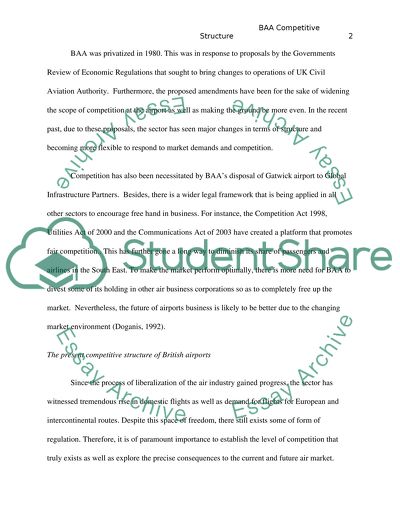Cite this document
(“The competitive structure of British airports with reference to BAA Essay”, n.d.)
Retrieved from https://studentshare.org/environmental-studies/1413002-the-competitive-structure-of-british-airports-with
Retrieved from https://studentshare.org/environmental-studies/1413002-the-competitive-structure-of-british-airports-with
(The Competitive Structure of British Airports With Reference to BAA Essay)
https://studentshare.org/environmental-studies/1413002-the-competitive-structure-of-british-airports-with.
https://studentshare.org/environmental-studies/1413002-the-competitive-structure-of-british-airports-with.
“The Competitive Structure of British Airports With Reference to BAA Essay”, n.d. https://studentshare.org/environmental-studies/1413002-the-competitive-structure-of-british-airports-with.


